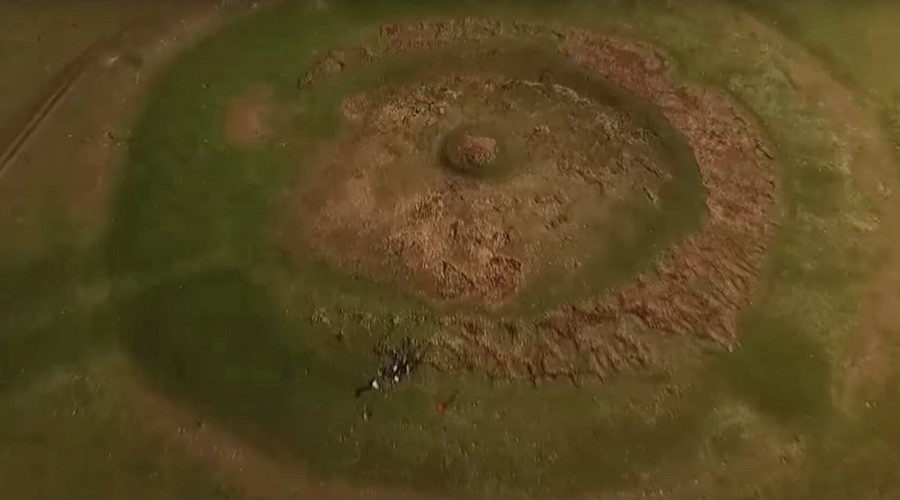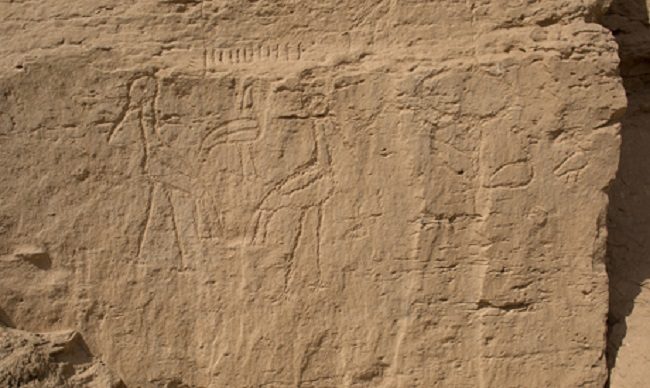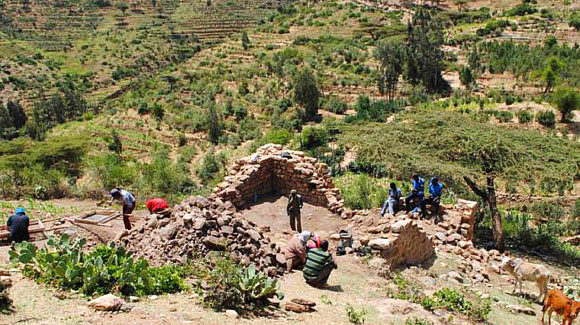
© Christina CheungThe royal cemetery in Yinxu, China, contains both royal burials and more than 2,500 sacrificial pits.
At an ancient site of human sacrifice in China, war captives may have been kept as slaves for years before they were killed, a new study finds.
Archaeologists have previously uncovered evidence of ritual human sacrifice in many ancient societies, including the ancient Greeks, the Vikings, the ancient Maya, and the Aztecs and the Incas, as well as in ancient China.
Prior worked revealed an extraordinary number of ritual human sacrifices were conducted during the Shang dynasty, which spanned from the 16th century B.C. to the 11th century B.C. It is the earliest dynasty in China for which archaeologists have evidence. For instance, sacrificial pits are common across the entire site of the last Shang capital, Yinxu, which researchers discovered in 1928 in central China's Henan Province. Scientists have estimated that over the course of about 200 years,
more than 13,000 people were sacrificed in Yinxu, usually males ages 15 to 35, and that on average, each sacrificial ritual there likely claimed at least 50 human victims. The biggest sacrifice found so far killed at least 339 people.
Amazing sacrificial siteYinxu is also home to the earliest known writing in China, in the form of oracle bone inscriptions. Diviners carved these questions on turtle shells or ox bones, addressing the king's concerns and ranging from personal issues such as unsettling toothaches to state matters such as crop failures. These inscriptions also recorded the king's ritual activities, such as human sacrifices to the ruler's ancestors or the gods.













Comment: Yet another example of shortsighted CIA idiocy. "As long as they hate the Commies, they're fine by us!" Because that's worked out so well with Islamic extremism and postmodern leftists... Both groups just happen to be the most likely vectors towards totalitarianism today. Good job, CIA!